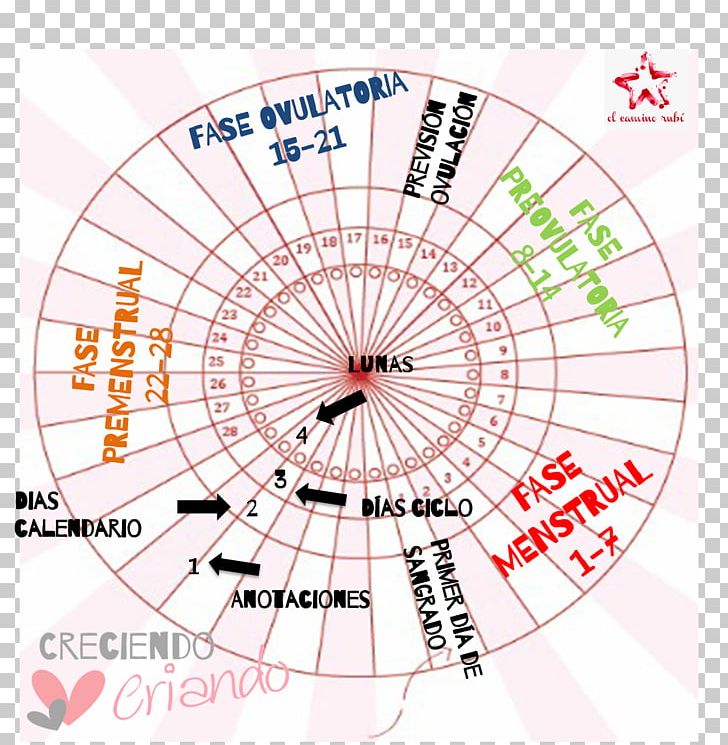

NOAA’s tide and tidal current predictions take into account astronomical considerations due to the position of the moon and the sun. Neap tides occur during the first and third quarter moon, when the moon appears "half full." This produces moderate tides known as neap tides, meaning that high tides are a little lower and low tides are a little higher than average. When this happens, the bulge of the ocean caused by the sun partially cancels out the bulge of the ocean caused by the moon. Seven days after a spring tide, the sun and moon are at right angles to each other. Rather, the term is derived from the concept of the tide "springing forth." Spring tides occur twice each lunar month all year long, without regard to the season. These are called spring tides, a common historical term that has nothing to do with the season of spring. This means that high tides are a little higher and low tides are a little lower than average. In both cases, the gravitational pull of the sun is "added" to the gravitational pull of the moon on Earth, causing the oceans to bulge a bit more than usual. ( The LEFT half of the moon is lighted/seen). The light is shrinking or getting smaller/ decreasing. ( the RIGHT half of the Moon is lighted/seen) Waning. When the light is 'growing' or Getting bigger.
#Lunar cycle diagram full
The moon appears full when the Earth is between the moon and the sun. the appearance of the moon as it makes a full revolution around the Earth - 29.5 Days. The moon appears new (dark) when it is directly between the Earth and the sun. Revolution being tidally locked to the same period, the combined effect of all these different librations allows us over time to see some 59% of the Moon's surface.Tides are long-period waves that roll around the planet as the ocean is "pulled" back and forth by the gravitational pull of the moon and the sun as these bodies interact with the Earth in their monthly and yearly orbits.ĭuring full or new moons-which occur when the Earth, sun, and moon are nearly in alignment-average tidal ranges are slightly larger. Moon phase: primary Moonrise: around sunrise Moonset: around sunset Illumination: 0 Position in space: the Moon is between the Sun and Earth If the Moon’s path crosses the plane of Earth's orbit around the Sun (the ecliptic) while the Sun, Moon, and Earth are aligned at New Moon, a solar eclipse happens somewhere in the world. Its rotation on its own axis is more regular, the difference appearingĪgain as a slight east-west "no" oscillation.Īlthough the Moon always presents us with the same face towards the Earth, due to its rotation and The Moon travels faster when it is at its closest to Earth, and its slowest when Libration of longitude is an effect of the Moon's varying rate of travel along its slightlyĮlliptical orbit around the Earth.

The difference in perspective between the rising and setting of the MoonĪppears as a slight turning of the Moon first to west and then to east, as though "shaking its head The diurnal (daily) libration of the Moon is due to the observer first viewing from the western edge of the EarthĪs the Moon is rising, and then later from up to four thousand miles away to the east as the Over the entire four week cycle it gives the the effect of the Moon slowly The lunar libration in latitude is due to the Moon's axis being slightly inclined relative to the Earth's axis.įrom our angle we can at one time peek over the north pole of the Moon, and then later in the lunar month we In fast motion, it is as if the Moon is both nodding its head "yes"Īnd shaking its head"no" at the same time. If we view the face of the Moon over the course of its orbit Of effects which are known as "librations" of the Moon. Over the course of a lunar cycle we can see more than 50% of the Moon's surface from Earth. How much of the Moon's surface can we see from Earth?


 0 kommentar(er)
0 kommentar(er)
